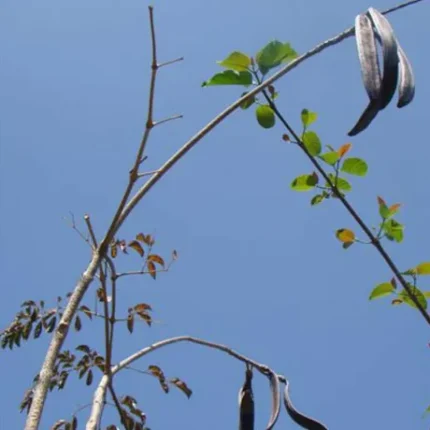Rice is a cereal foodstuff which forms an important part of the diet of many people worldwide. Domesticated rice comprises two species of food crops in the Oryza genus of the Poaceae (“true grass”) family: Asian rice, Oryza sativa is native to tropical and subtropical southern Asia; African rice, Oryza glaberrima, is native to West Africa. The name wild rice is usually used for species of the different but related genus Zizania, both wild and domesticated.
Botanical Description – Rice is grown as a annual plant, to 1–1.8 m. The grass has long, slender leaves 50–100 cm long and 2–2.5 cm broad. The small flowers are produced in a branched arching to pendulous inflorescence 30–50 cm long. The edible seed is a grain (caryopsis) 5–12 mm long and 2–3 mm thick.
Oryza sativa contains two major subspecies: the sticky, short-grained japonica or sinica variety, and the non-sticky, long-grained indica variety. Japonica are usually cultivated in dry fields, in temperate East Asia, upland areas of Southeast Asia and high elevations in South Asia, while indica are mainly lowland rices, grown mostly submerged, throughout tropical Asia. A third subspecies, which is broad-grained and thrives under tropical conditions, is now known as tropical japonica.
Different rice varieties are as following :
Glaszmann (1987) used isozymes to sort Oryza sativa into six groups: japonica, aromatic, indica, aus, rayada, and ashina.
Garris et al (2004) used SSRs to sort Oryza sativa into five groups; temperate japonica, tropical japonica and aromatic comprise the japonica varieties, while indica and aus comprise the indica varieties.





Reviews
There are no reviews yet.